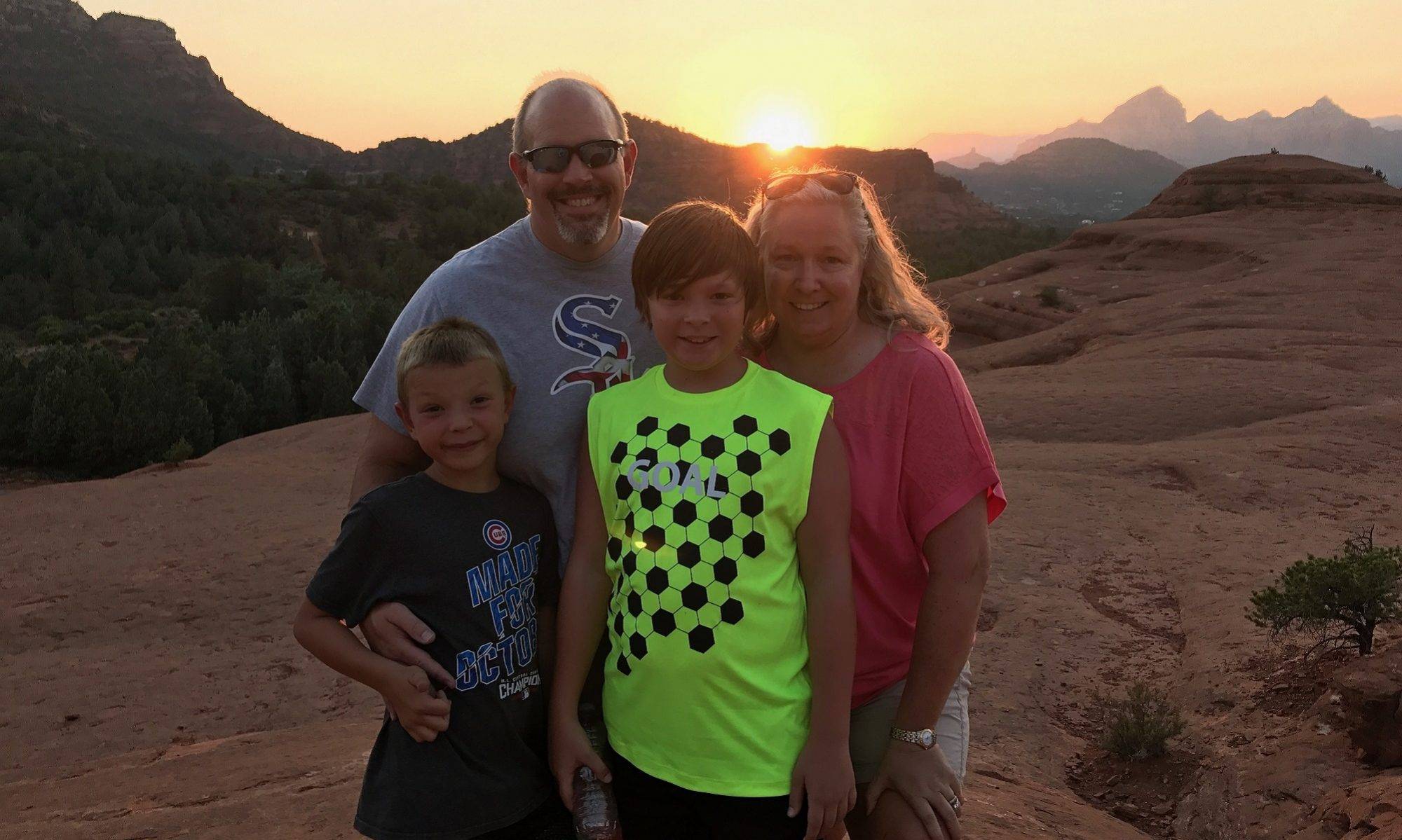“What’s your dream? …Some dreams come true, some don’t; but keep on dreamin’… Always time to dream, so keep on dreamin’.”
Today’s notes were inspired by a conversation I had with a great friend of mine while sitting in traffic last night – goal setting. If you are serious about losing weight, toning and shaping your body, or improving your overall health, you need to set many goals in order to achieve your dreams. So, what’s your dream?
Often when it comes to weight loss, someone will have one big goal in mind such as lose 25, 50, 100 pounds, whatever. I think it is great to have a long-term goal on which you focus but unless you have little mini-goals along the way you may have difficulty reaching your goal. It would be like getting in the car, thinking you want to take a road trip to California but ignoring the fact that you need a map or GPS to guide you, fuel for the car to power your trip, snacks along the way to nourish you, and a general plan of attack as to how you’re going to break up the trip. Unless you know exactly how to get to California, you need to do some pre-planning to figure out how you’ll make it. Otherwise, you’ll just be driving around aimlessly and you may never reach your destiny.
So keep that big, end result goal but put more focus on daily and weekly goals. I like to use SMART goals: your goal needs to be Stated, Measurable, Attainable, Realistic, and Timed.
- State your goal: what exactly is it you want to achieve?
- Make your goal Measurable: objectively be able to assess your progress. Instead of “I want to lose weight” or “I want to work out more”, change the wording to “I want to lose 10 pounds” or “I want to work out at least 3 times a week”.
- Your goal must be Attainable and Realistic: If you’ve never worked out consistently and you’re not a runner, it would be foolish to say “I’m going to run a marathon next month”. You’d be setting yourself up for failure. Perhaps a better way to say this would be “I’m going to sign up for a 5k and I will finish it by combining walking and jogging”. Using the examples in ‘measurable’, it may be unwise for you to say “I want to lose 100 pounds” (if that isn’t a healthy goal) or say “I will work out every day this week” when you’re managing a job, household, children, etc.
- Your goal should be Timed: Have a deadline for your goal. “I want to lose 10 pounds in 10 weeks” can be just the thing you need to keep you motivated to continue with your program.
You also need to have long-term, medium-term, and short-term goals to aid you in your process. Let’s say you want to lose 50 pounds. Here are some good examples of breaking it down into smaller chunks so the goal is more digestible:
- I want to lose 50 pounds in 50 weeks, or 1 pound a week.
- By week 25, I want to have lost 25 pounds.
- Each week, I will find a way to burn an extra 3500 calories in order to meet my goals.
- Each week, I will commit to doing 3 days of cardio.
In doing so you give yourself a road map to arrive at your destination. Of course, you may need to adjust your goals from time to time and you may fall short. Don’t scrap your plan altogether; forgive yourself, formulate new attainable goals, and get started again.
A while back I was having issues with my blood pressure being too high. I scheduled a visit with my primary care physician and we talked about ways I could try to get it under control. I was to see him again in 3 months for an update on my progress. My goals looked like this:
- Lower blood pressure to a healthy level within 3 months (lower than 120/80).
- Take blood pressure morning, noon, and night and record in a journal.
- Log daily nutrition and keep sodium intake between 1500-2300 mg and potassium intake above 3000 mg.
- Participate in cardio exercise 3 days a week for 30 minutes. Participate in strength training exercises 3 days a week.
At the end of 3 months I had dropped my blood pressure to 140s/110s to 110s/60s. As a result, I did not have to go on blood pressure medication (I’m not opposed to it and I know eventually, despite my best efforts I will probably have to take it anyway). Having these small daily and weekly goals enabled me to take all the steps needed to make it to my big goal.
Tip of the day: Make ONE short-term goal for next week and stick with it. Exercise and nutrition might not seem so daunting if you take it one step at a time.
Happy thought of the day: I love being able to take a day to give my kids a progressive relaxation program day. They’re so grateful for the break from their hectic day to just slow down and breathe.
And remember, always seek the guidance and approval of your physician prior to beginning any nutrition or exercise program.
